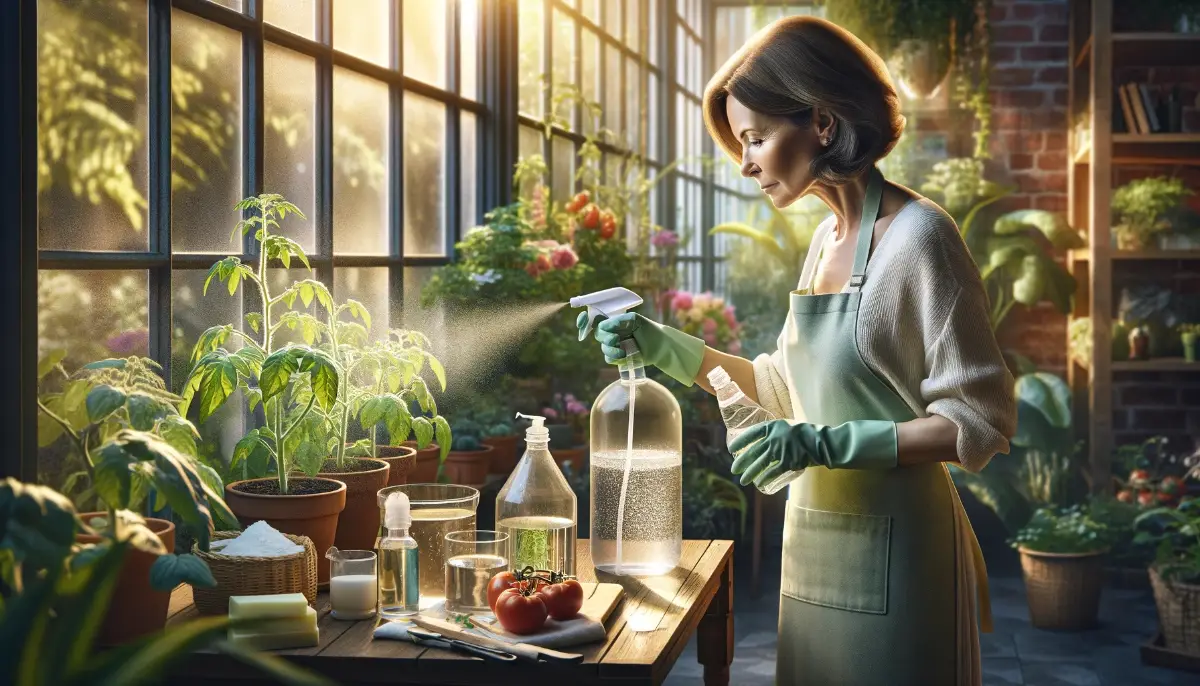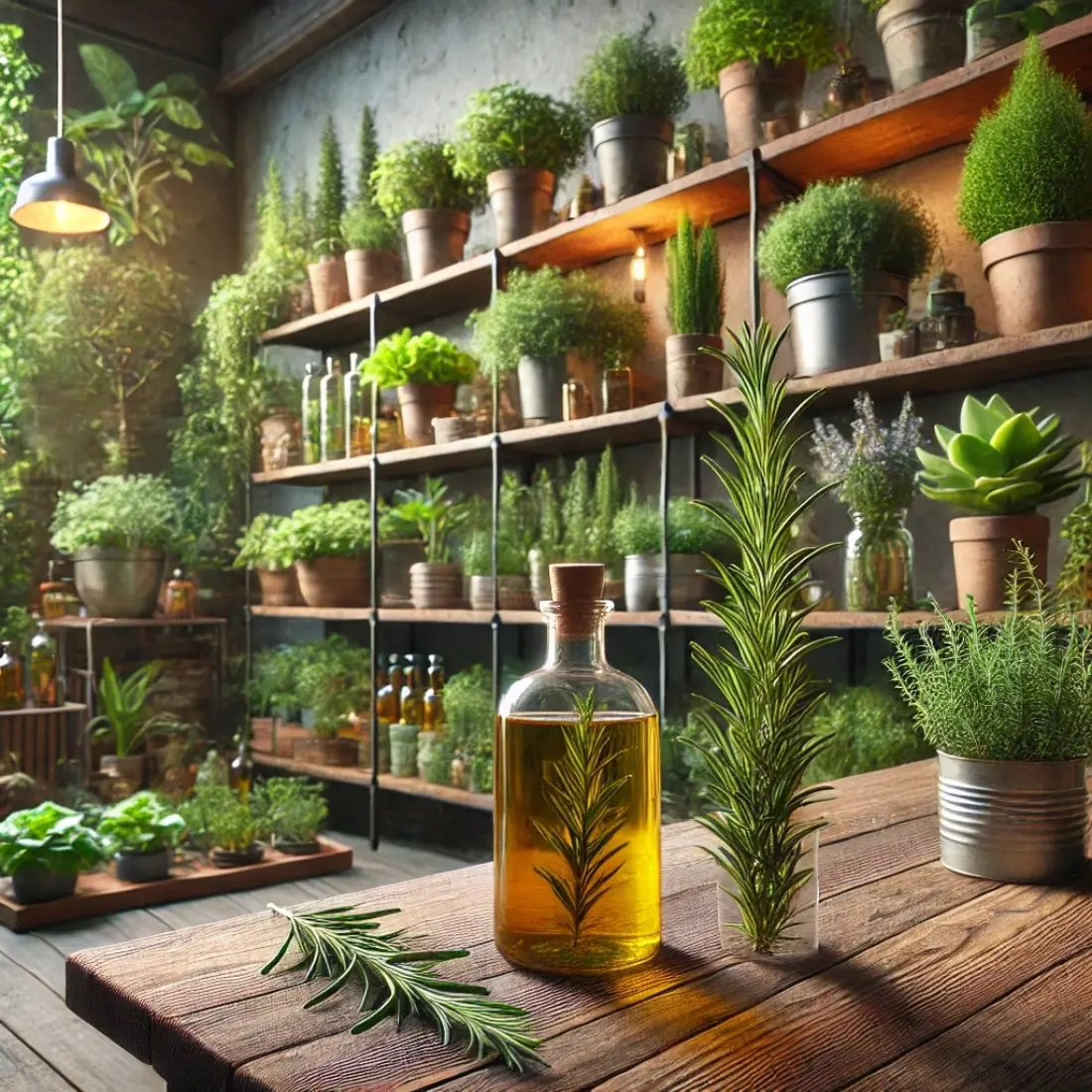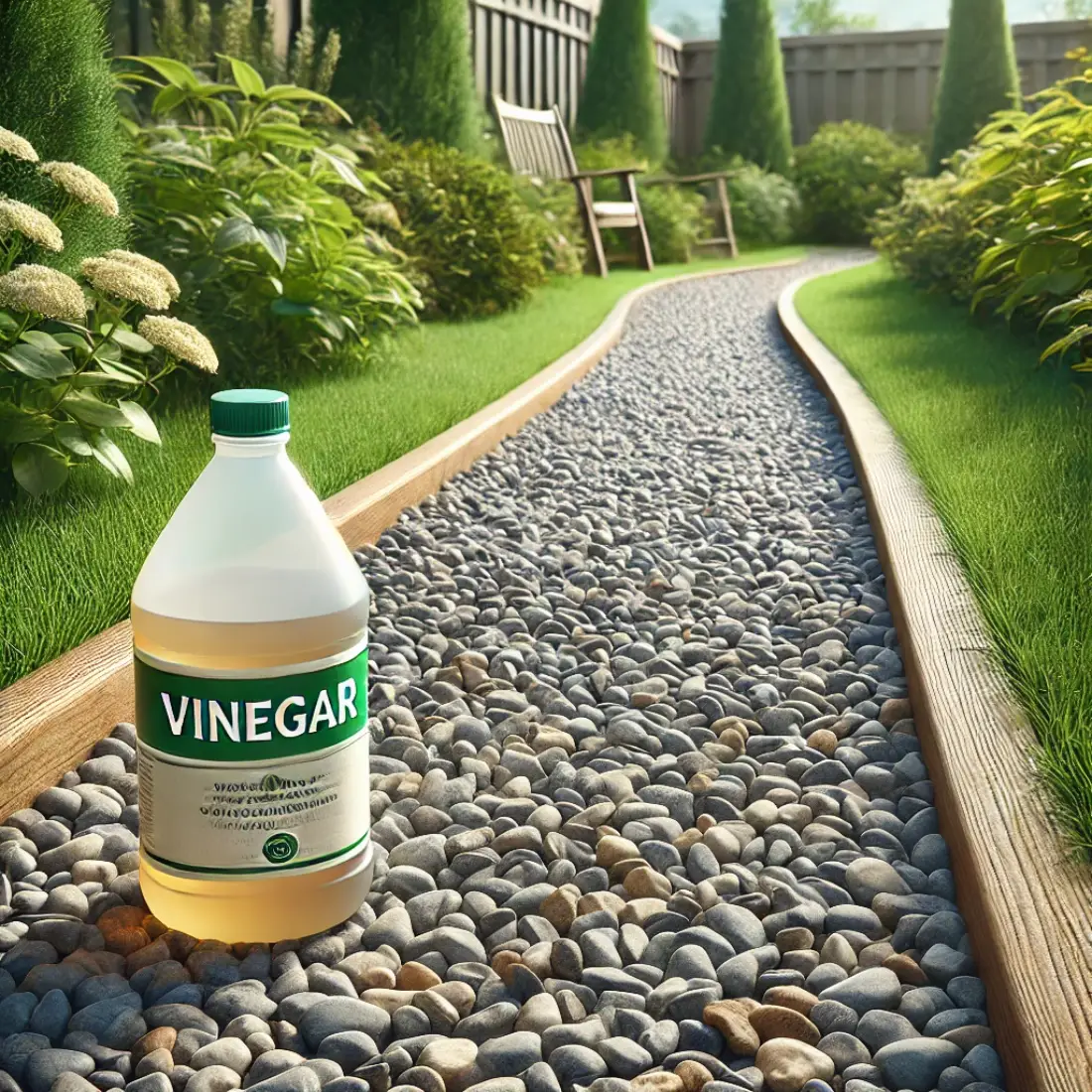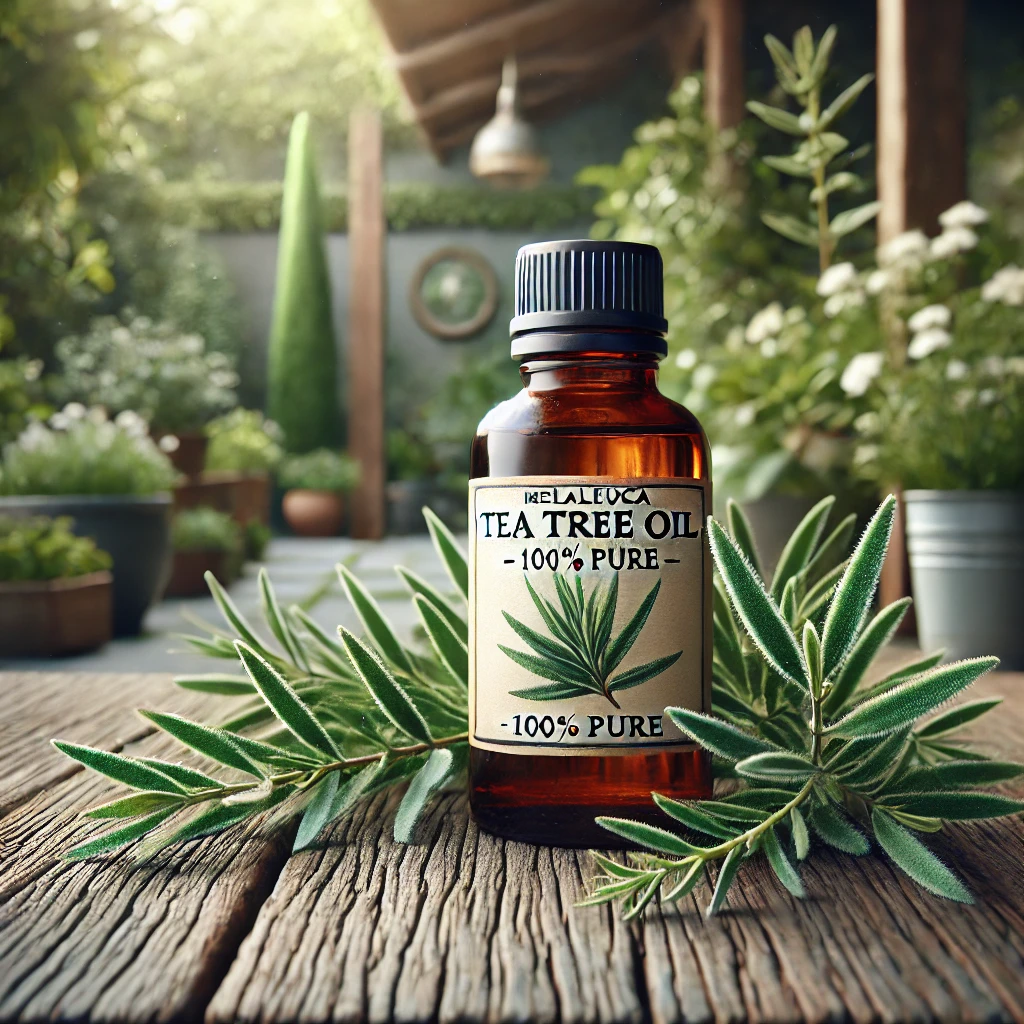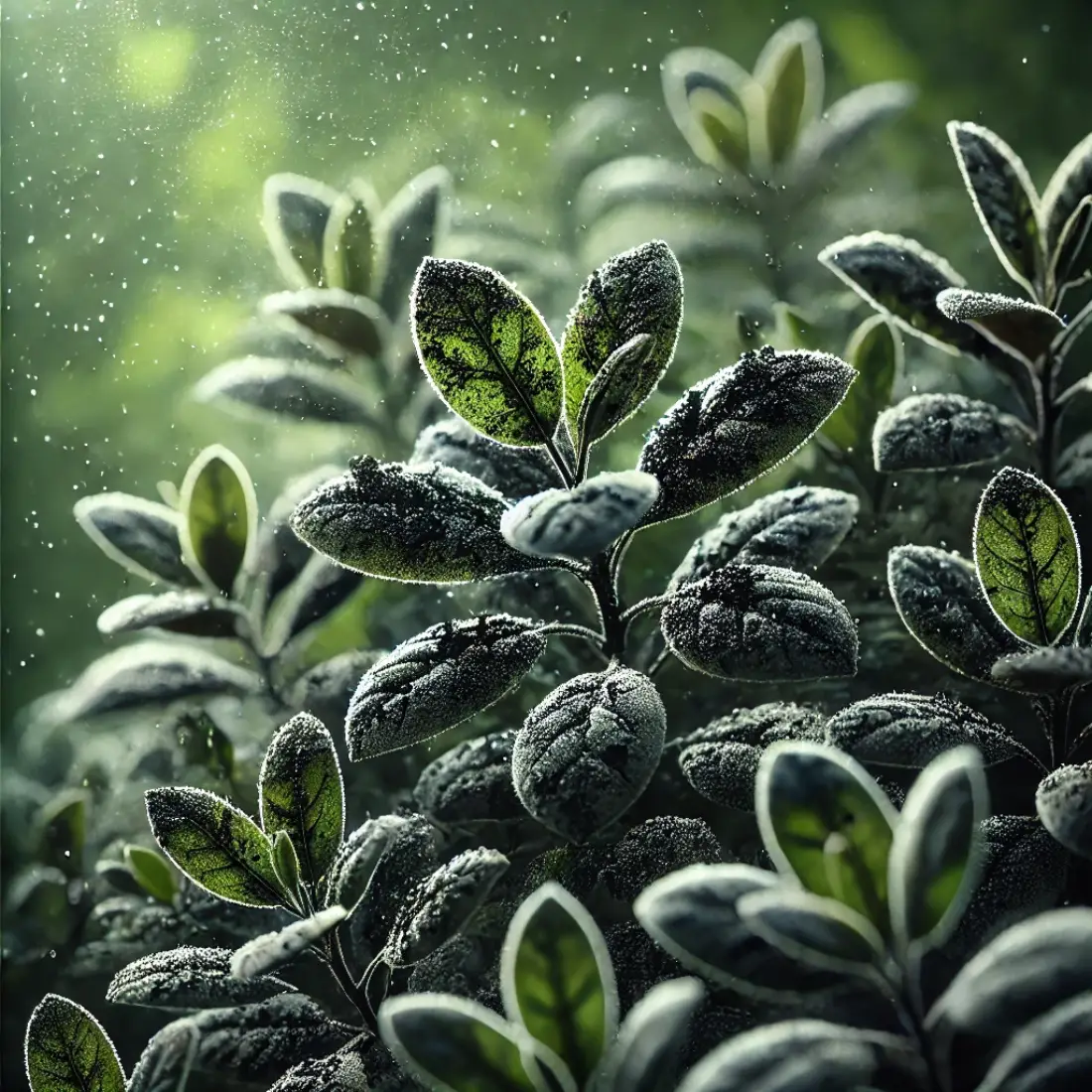DIY insecticidal soap is a simple, cost-effective solution that you can make at home using everyday ingredients. It works by breaking down the outer layer of soft-bodied insects, leading to their dehydration and death.
Creating your own insecticidal soap not only saves money but also ensures that you know exactly what is going into your garden. By using pure, biodegradable soap, water, and a small amount of vegetable oil, you can create a mixture that is safe for plants, pets, and humans.
What is Insecticidal Soap?
Insecticidal soap is a natural, eco-friendly pest control solution designed to combat a variety of common garden pests. Unlike traditional chemical pesticides, insecticidal soap is made from potassium salts of fatty acids, which are derived from natural sources such as plant oils. These fatty acids effectively target and eliminate soft-bodied insects without harming plants, beneficial insects, or the environment.
The way insecticidal soap works is simple yet highly effective. When the soap solution is sprayed onto insects, it penetrates their outer protective layer, causing the cells to collapse and the pests to dehydrate and die. This method is particularly effective against pests such as aphids, spider mites, whiteflies, and mealybugs, which have softer exoskeletons compared to other insects.
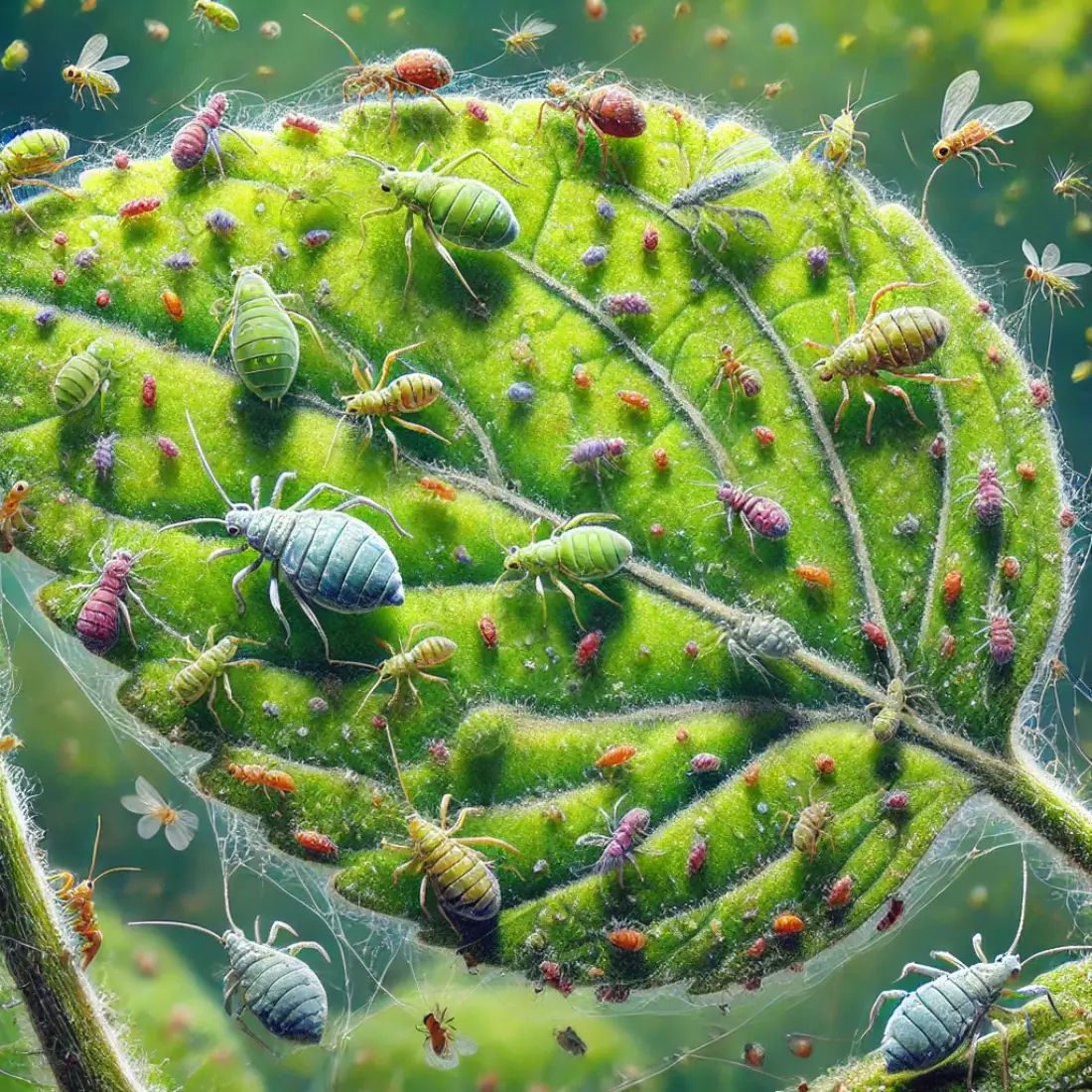
One of the key advantages of using insecticidal soap is its safety profile. It breaks down quickly in the environment, leaving no harmful residues, making it an excellent choice for organic gardening and integrated pest management (IPM) programs. Additionally, it poses minimal risk to humans, pets, and beneficial insects like bees and ladybugs when used correctly.
Step-by-Step Guide to Making DIY Insecticidal Soap
Creating your own insecticidal soap is a straightforward process requiring just a few simple ingredients. Here’s how to do it:
Gather Ingredients and Supplies:
- Pure liquid soap (e.g., castile soap)
- Distilled water
- Vegetable oil (optional, for better adherence)
- A spray bottle
Measure and Mix:
- Start with 1 tablespoon of pure liquid soap. Avoid using soaps with added fragrances or moisturizers, as these can harm plants.
- Add 1 quart (4 cups) of distilled water to the soap. Distilled water is recommended to avoid any impurities that might be present in tap water.
- If desired, add 1 teaspoon of vegetable oil. This helps the soap solution adhere better to the insects and plants.
Combine and Shake:
- Pour the mixture into a clean spray bottle.
- Shake well to ensure the soap and water are thoroughly mixed.
Application Tips for DIY Insecticidal Soap
To effectively use your DIY insecticidal soap, follow these application tips:
Test First: Before applying broadly, test the solution on a small part of the plant. Wait 24 hours to ensure there is no adverse reaction.
Apply Thoroughly: Spray the soap solution directly onto the pests and the affected parts of the plant. Ensure you cover the undersides of leaves, where many pests like to hide.
Timing: Apply in the early morning or late evening to minimize the risk of leaf burn and to avoid harming beneficial insects that are less active during these times.
Frequency: Reapply every 4-7 days until the pest problem is under control. Consistency is key for effective pest management.
Storing DIY Insecticidal Soap
Proper storage of your DIY insecticidal soap ensures it remains effective for future use:
- Container: Store the soap solution in a clean, labeled spray bottle with a tight-fitting lid to prevent contamination.
- Location: Keep the bottle in a cool, dark place to maintain the soap’s potency. Avoid exposure to direct sunlight or extreme temperatures.
- Shelf Life: Use the solution within a few weeks for best results, as homemade mixtures can lose effectiveness over time.
Troubleshooting Common Issues
Even with careful preparation and application, you might encounter some issues. Here are solutions to common problems:
Leaf Burn: If you notice leaf burn, dilute the solution further by adding more water. Ensure you apply during cooler parts of the day and avoid direct sunlight.
Ineffectiveness: If pests persist, increase the frequency of applications. Ensure thorough coverage, especially on the undersides of leaves.
Residue Build-up: If you see soap residue on plants, rinse with water a few hours after application. This can help prevent any potential damage.
Plant Sensitivity: Some plants might be more sensitive to soap. If a plant shows adverse effects, discontinue use and explore alternative pest control methods.
Sensitive to Insecticidal Soap Plants
While insecticidal soap is generally safe for most plants, some species can be sensitive to its application. It’s essential to identify and take precautions with these sensitive plants to avoid damage. Here are some common plant types that may react adversely to insecticidal soap:
- Ferns: Ferns, especially delicate varieties like Boston ferns, can be sensitive to the fatty acids in insecticidal soap. Leaf burn and discoloration are common symptoms.
- Succulents: Succulents, such as aloe vera and jade plants, have thick, fleshy leaves that can retain the soap, leading to potential damage and dehydration.
- Herbs: Certain herbs like basil, dill, parsley, and cilantro may show signs of phytotoxicity, including leaf spotting and tip burn.
- Fruit Trees: Young, tender foliage of fruit trees such as apple, pear, and cherry can be susceptible to damage. Older, more mature leaves are generally more resistant.
- Houseplants: Some houseplants like African violets and jade plants can react negatively to insecticidal soap, exhibiting signs of leaf burn and discoloration.
DIY Insecticidal Soap vs. Commercial Products
When it comes to pest control in your garden, you have the option of using DIY insecticidal soap or commercial products. Both have their advantages and disadvantages, depending on your specific needs and preferences.
DIY Insecticidal Soap:
- Cost-Effective: Making your own insecticidal soap is much cheaper than buying commercial products. The ingredients are inexpensive and readily available.
- Control Over Ingredients: You know exactly what goes into your DIY insecticidal soap, ensuring it is free from harsh chemicals and safe for the environment, pets, and beneficial insects.
- Customization: You can adjust the formula based on the specific needs of your plants and the types of pests you’re dealing with.
Commercial Products:
- Convenience: Commercial insecticidal soaps are ready to use straight from the bottle, saving you the time and effort of mixing your own solution.
- Consistency: These products are formulated for maximum effectiveness and consistency, often undergoing rigorous testing to ensure quality and performance.
- Broad-Spectrum Efficacy: Some commercial products may include additional ingredients that enhance their pest-killing capabilities, potentially making them more effective against a wider range of pests.
FAQs about DIY Insecticidal Soap
What is the best soap to use for DIY insecticidal soap?
For making DIY insecticidal soap, the best type of soap to use is pure liquid soap, such as castile soap. Avoid using soaps with added fragrances, moisturizers, or dyes, as these additives can harm plants.
Can I use dish soap for DIY insecticidal soap?
While dish soap can be used in a pinch, it is not recommended as a regular solution. Dish soaps often contain harsh chemicals and additives that can damage plants. Pure, natural soaps like castile soap are safer and more effective.
How often should I apply insecticidal soap?
Insecticidal soap should be applied every 4-7 days until the pest problem is under control. Regular applications help ensure that newly hatched insects are also eradicated.
Is DIY insecticidal soap safe for all plants?
DIY insecticidal soap is generally safe for most plants. However, some plants, such as ferns, succulents, and certain herbs, can be sensitive to the soap. Always perform a spot test before full application.
Can insecticidal soap harm beneficial insects?
Insecticidal soap can harm beneficial insects like bees and ladybugs if they are directly sprayed. To minimize harm, apply the soap in the early morning or late evening when beneficial insects are less active.
What pests does insecticidal soap control?
Insecticidal soap is effective against a variety of soft-bodied pests, including aphids, spider mites, whiteflies, mealybugs, and scale insects. It works by breaking down their protective outer layer, leading to dehydration and death.
Can I use insecticidal soap indoors?
Yes, insecticidal soap can be used indoors on houseplants. Ensure good ventilation during application and avoid using it on sensitive indoor plants like African violets.
How do I store DIY insecticidal soap?
Store DIY insecticidal soap in a clean, labeled spray bottle with a tight-fitting lid. Keep it in a cool, dark place to maintain its potency. Use the solution within a few weeks for best results.
What should I do if insecticidal soap causes leaf burn?
If leaf burn occurs, rinse the affected plant parts with water to remove any soap residue. Dilute the soap solution further before reapplying and ensure you apply it during cooler parts of the day to avoid sunburn.
Can I mix other ingredients with insecticidal soap for better results?
You can add a small amount of vegetable oil to the insecticidal soap solution to help it adhere better to the plants. However, avoid mixing other chemicals or substances that could harm the plants or reduce the soap’s effectiveness.

